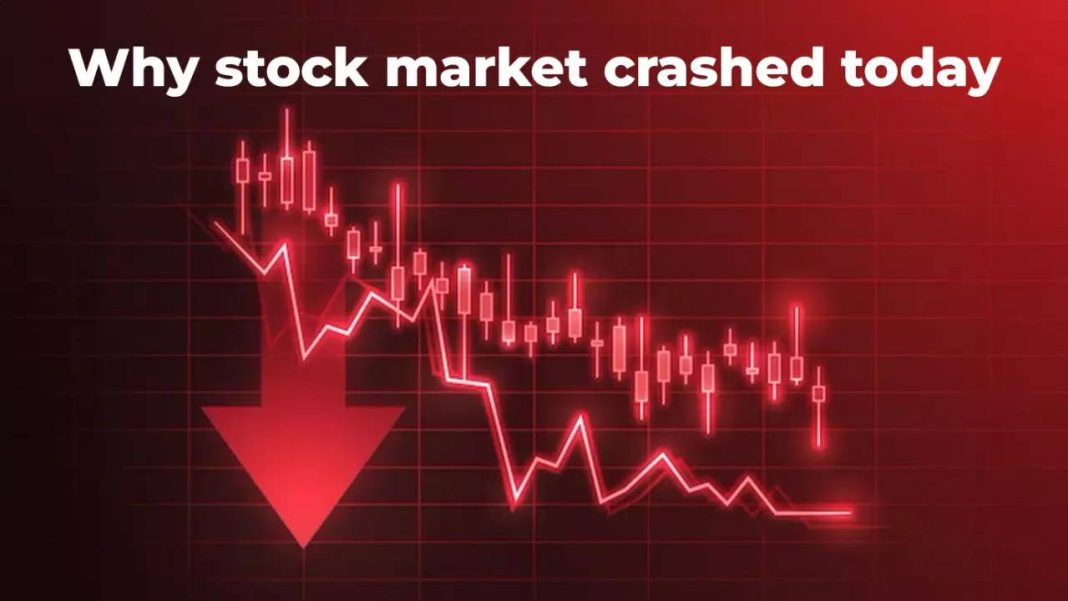The Supreme Court made two significant decisions this week that have far-reaching implications for regulatory oversight. In both cases, the conservative majority on the court undermined the authority of regulatory agencies and consolidated power within the federal judiciary.
In the first decision, SEC v. Jarkesy, the conservative majority limited oversight agencies’ ability to issue fines and penalties through administrative proceedings. Instead, they argued that these matters should be handled by federal courts. This decision weakens one of the enforcement mechanisms created by Congress in response to the 2008 financial crisis. The Supreme Court ruled that the mechanism violated the plaintiffs’ constitutional rights to a jury trial. This ruling not only affects the Securities and Exchange Commission (SEC) but also casts doubt on similar enforcement mechanisms at other agencies like the Consumer Finance Protection Bureau (CFPB), Environmental Protection Agency (EPA), and Food and Drug Administration (FDA).
The second decision, Loper Bright Enterprises v. Raimondo, struck down the Chevron doctrine, which had been in place since 1976. This doctrine stated that courts should defer to agencies’ reasonable interpretations of ambiguous statutes. Conservatives have long criticized this doctrine, arguing that it gives too much power to agencies and undermines the role of the courts. The Supreme Court’s decision to overturn Chevron has significant implications for regulatory efforts across various sectors, including environmental protection, food safety, and financial markets.
These rulings align with the conservative legal movement’s goal of “deconstructing the Administrative State” and consolidating power within the federal judiciary. Chief Justice John Roberts wrote both decisions, following the paths urged by conservative advocacy organizations like the U.S. Chamber of Commerce and America First Policy Institute.
Critics argue that these decisions represent a power grab by the courts at the expense of the other branches of government. Justice Elena Kagan, in her dissenting opinion in Loper Bright, highlighted the court’s resolve to roll back agency authority despite congressional direction. Allison Zieve, litigation director at watchdog Public Citizen, called the decisions a power grab that increases the courts’ authority at the expense of the other branches.
The implications of these rulings extend beyond the specific cases. They set the stage for future challenges to other regulatory agencies, such as the National Labor Relations Board and the Federal Trade Commission. The Supreme Court’s trend of consolidating power within the federal judiciary raises concerns about accountability to elected officials. Critics argue that the justices are accountable to no one, further eroding the checks and balances of the democratic system.
In conclusion, the Supreme Court’s recent decisions on regulatory oversight have significant implications for the balance of power between regulatory agencies and the federal judiciary. These rulings weaken enforcement mechanisms and cast doubt on the authority of agencies to interpret laws within their specialized domains. The decisions align with the conservative legal movement’s goal of reducing the power of the Administrative State and consolidating authority within the courts. Critics argue that these decisions represent a power grab by the courts and undermine accountability to elected officials.

